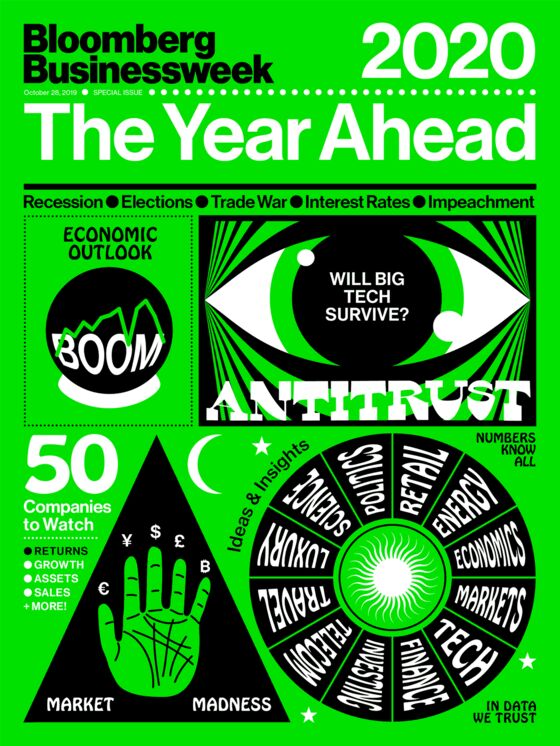Craft Beer Has a Diversity Problem
Craft Beer Has a Diversity Problem
(Bloomberg Businessweek) -- Dom Cook discovered craft beer by accident. A Bronx father searching for inspiration after the death of his infant son, he picked up The Search for God and Guinness, his eye drawn to “Search for God.”
It’s a book about Ireland’s Arthur Guinness brewing family and its mission to provide homes, education, and health care for employees in the 1700s. “My family and I had been doing a lot of work in the community,” Cook says. “After the book, I thought: Damn, you can change the world through beer.”
This was in 2011. He went to a bodega and tried his first Guinness extra stout. Thick, malty, and dark, it was a revelation. His expanding palate led him into the local craft beer scene, where he saw a connection between these small businesses and their neighbors—employment and uplift—that mirrored the book.
Unfortunately, the diversity in beer styles and flavors far exceeded that of the people serving and drinking it. In 2017 in Florida, his new home, Cook launched Beer Kulture, a lifestyle brand that welcomes black drinkers to the craft community.
The Brewers Association trade group says 85% of craft beer drinkers are white. Black Brew Culture, a brewing group, estimates that fewer than 1% of the country’s 6,300-plus independent breweries are black-owned.
Cook understands why. He grew up in the poor, mostly black parts of the Bronx, N.Y., where the only beers at the corner store were 40-ouncers of bland mass lager and malt liquor. Distributors seemed to assume that people in the inner city didn’t care about taste—they only wanted a cheap buzz. Cook’s peers bought into that myth. “They think only winos drink or older people who come home from work,” he says. “You either think about drinking in a negative light or you don’t think about it at all.”

Getting into the business was hard. Cook was turned away from entry-level jobs—even janitorial—at some breweries and brewpubs. Later, as he jumped from brewery sales rep to tour guide to distributor, he saw that the happy image of the friendly neighborhood brewery divided along racial and class lines.
“The word ‘local’ doesn’t always affect my side of the tracks,” he says, referring to the economic impact of craft breweries as well as their distribution. “I have to go out of my neighborhood to get craft beer.”

Beer Kulture fuses black culture with craft beer, using apparel and Cook’s own book, This Ain’t the Beer That You’re Used To, an autobiography and sour-to-stout tasting guide. The proceeds go toward Beer Kulture events such as tastings and drop-ins at car shows, festivals, and businesses in black communities. Next up is a hometown collaboration in St. Petersburg, Fla., with Green Bench Brewing Co., which will release several Beer Kulture brews at the end of the year.
Cook’s market debut is well-timed. For the first time in more than a decade, the craft beer boom is slowing as the number of independent breweries saturates the market. These beer makers need new customers. “First, we have to expose people to it and teach them about it,” Cook says. “As they get into it, they’ll start to love it.”
To contact the editor responsible for this story: Chris Rovzar at crovzar@bloomberg.net
©2019 Bloomberg L.P.